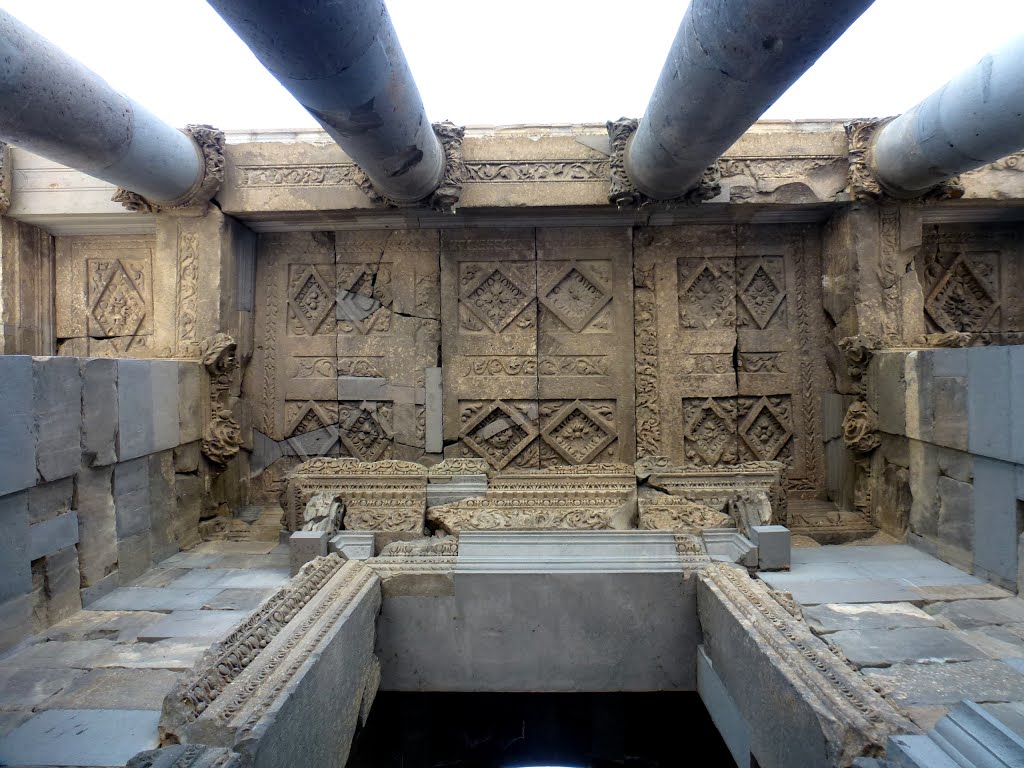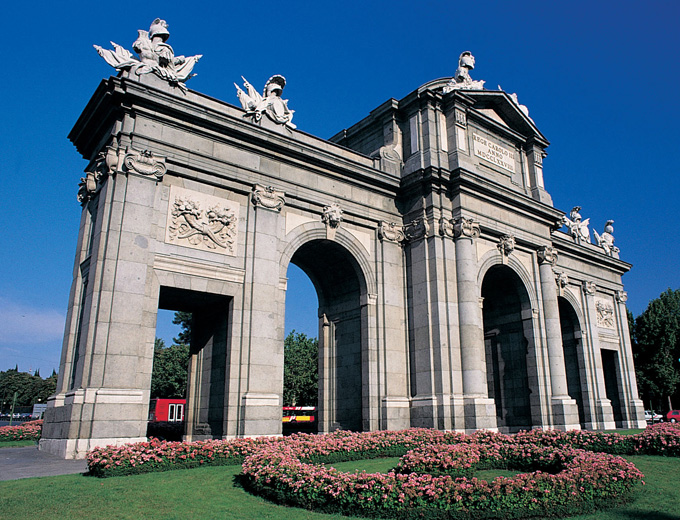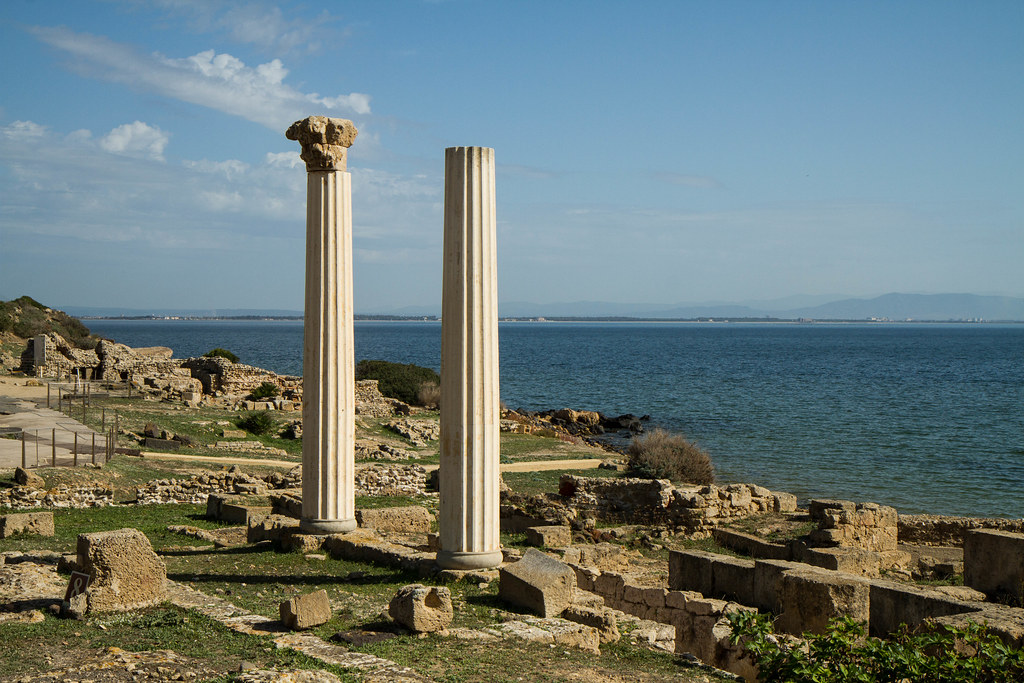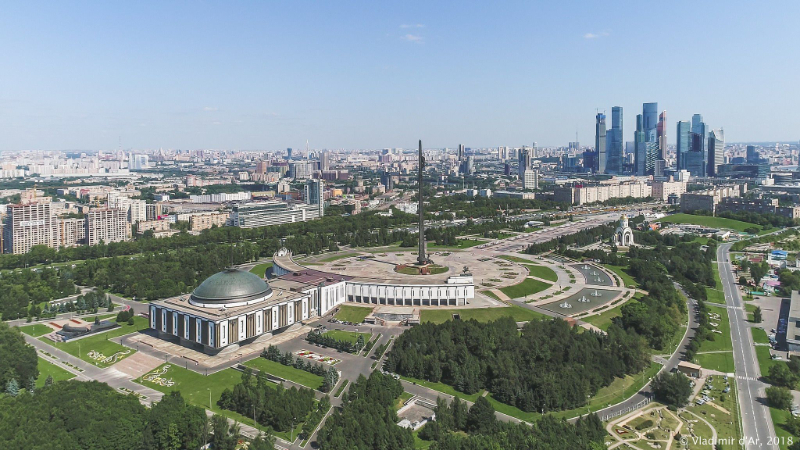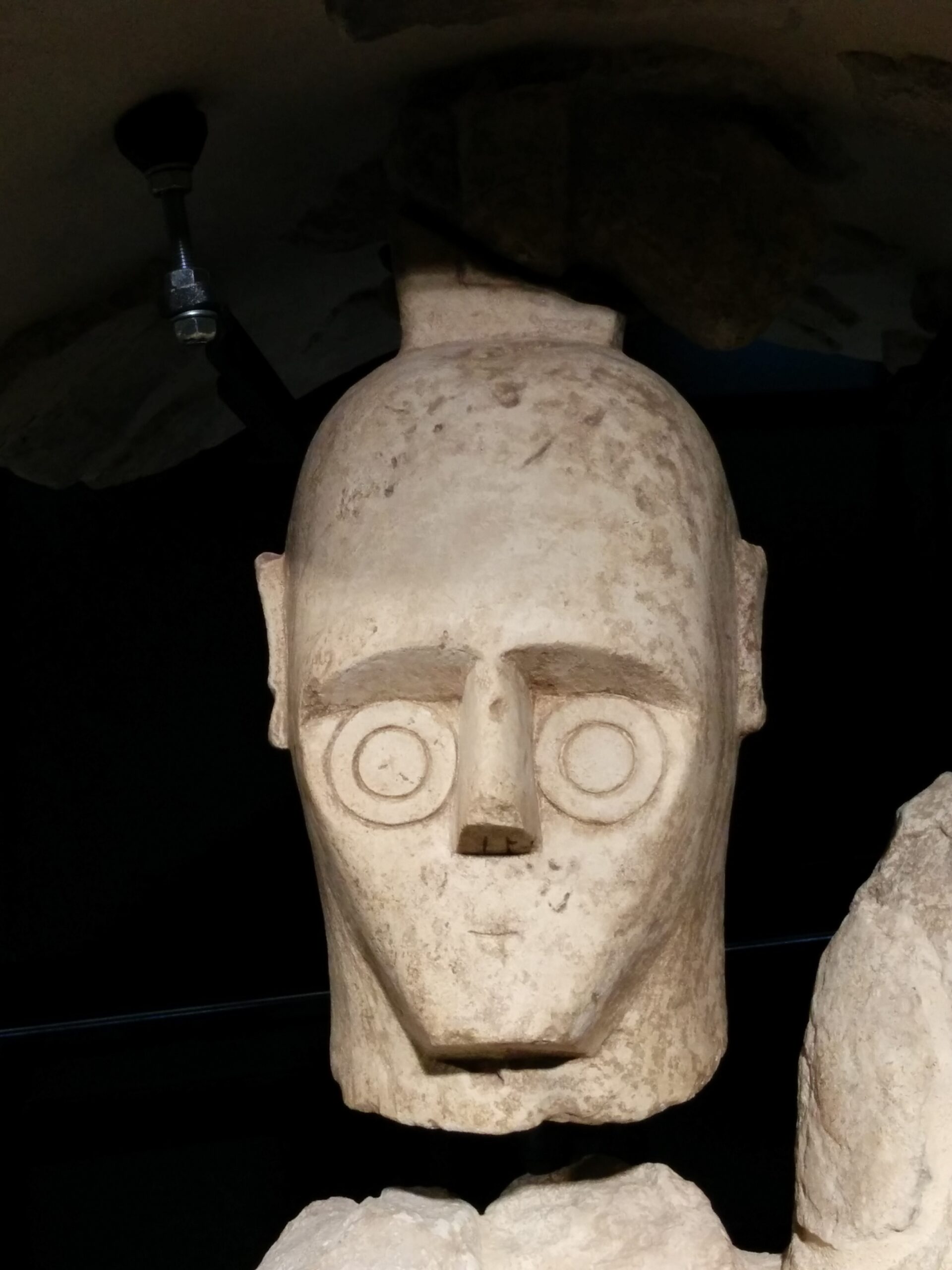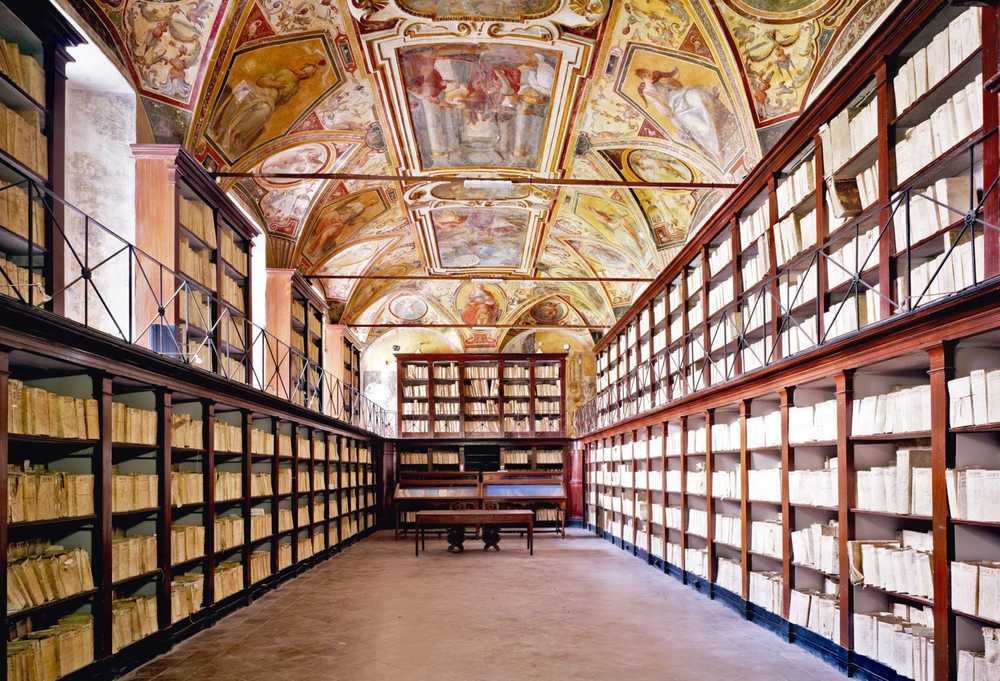The temple was built in the first century A.D. by King Tiridates I of Armenia and the construction was financed thanks to the money that the Armenian king received from Emperor Nero during his visit to Rome. The temple was dedicated to the god Mithras.
The roof of the building is supported by 24 columns of Ionic order. Unlike other Greco-Roman temples, the one in Garni has a basalt basement. . Destroyed by an earthquake in the seventeenth century, was rebuilt in 1979 with the original materials, which contrary to what has often happened in Rome, were not used to build other buildings, but were left abandoned where they were.
i particular interest are the baths, located in the northern part of the site, which have a heating cell still well preserved. The interior floor of the bath is decorated with mosaics inspired by figures of Greek mythology, among which stands out Thetis, made with natural stones of 15 different colors. One of the inscriptions in Greek reads: "We have worked without receiving anything".
Garni TempleAfter the conversion of the Armenians to Christianity, some churches and the palace of a katholikos were built within the confines of the fortress: also of these buildings, as all the others (except for the temple), remain only some ruins.
In the 4th century, when Armenia was converted to Christianity, the kings of the country made the temple of Garni their summer residence where King Khosrov later went hunting. The palace of a katholikos was built within the confines of the fortress. Next to the temple there are the ruins and the base of a Christian church of the 7th century, destroyed by an earthquake in the 17th century, which was much higher than the pagan temple.
This temple is a marvel among the temples of the East. Its uniqueness lies in the fact that it is the only example of Hellenistic Architecture in the territory of Present-day Armenia and the Caucasus.The fantastic landscape of the Garni Gorge strikes the imagination.
Outside the fortified area are other places of worship: a church dedicated to Mary, another dedicated to St. Mashtots, as well as the ruins of Havuts Tar Monastery.
